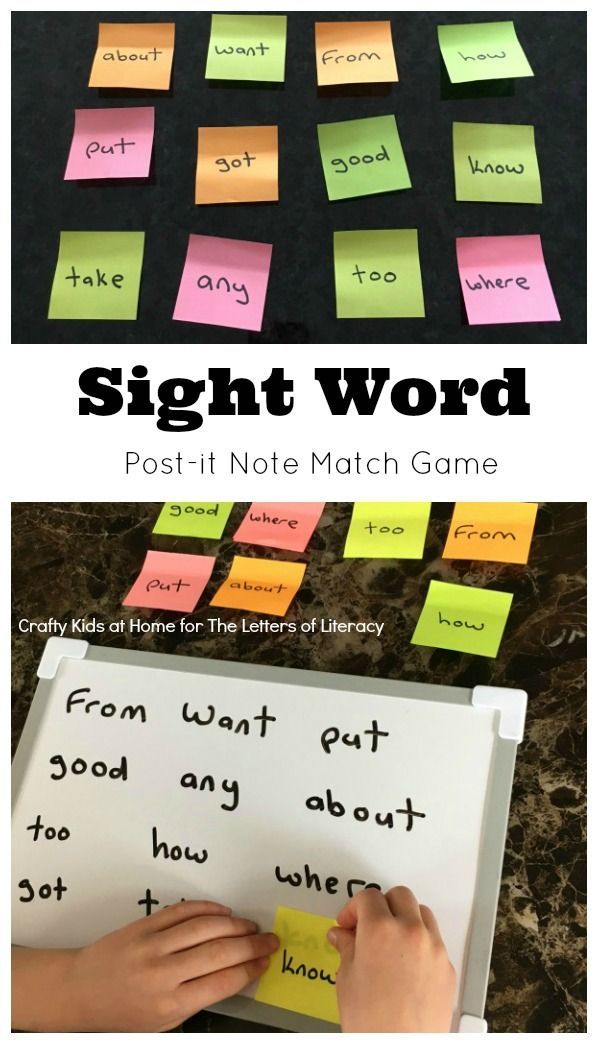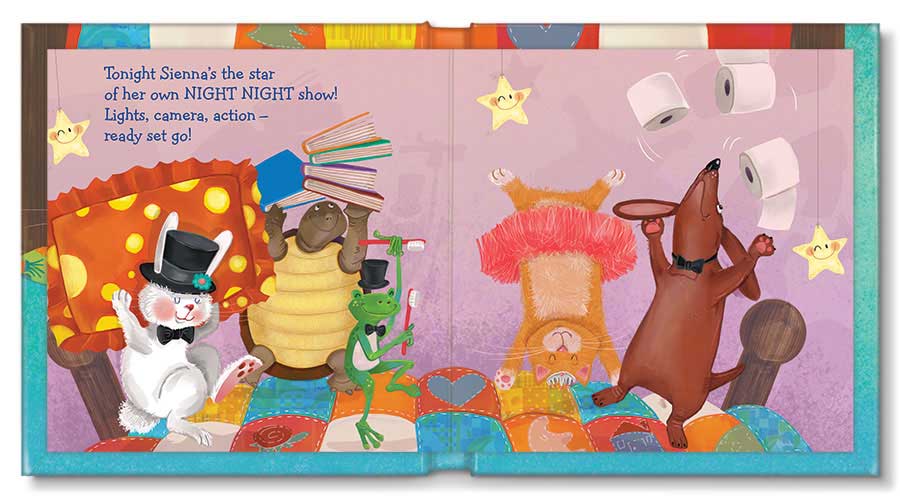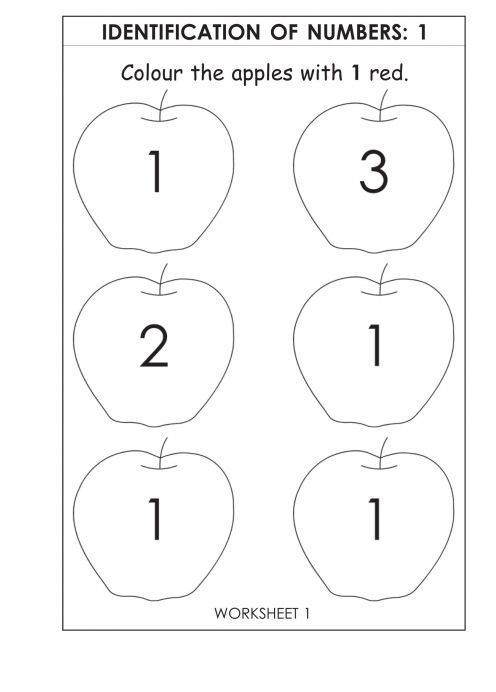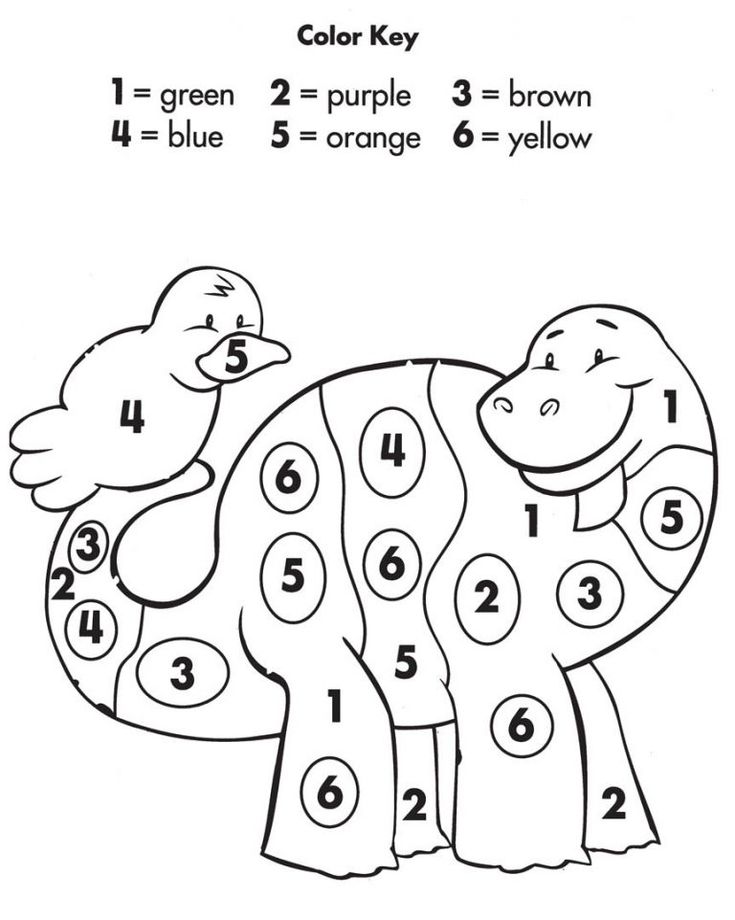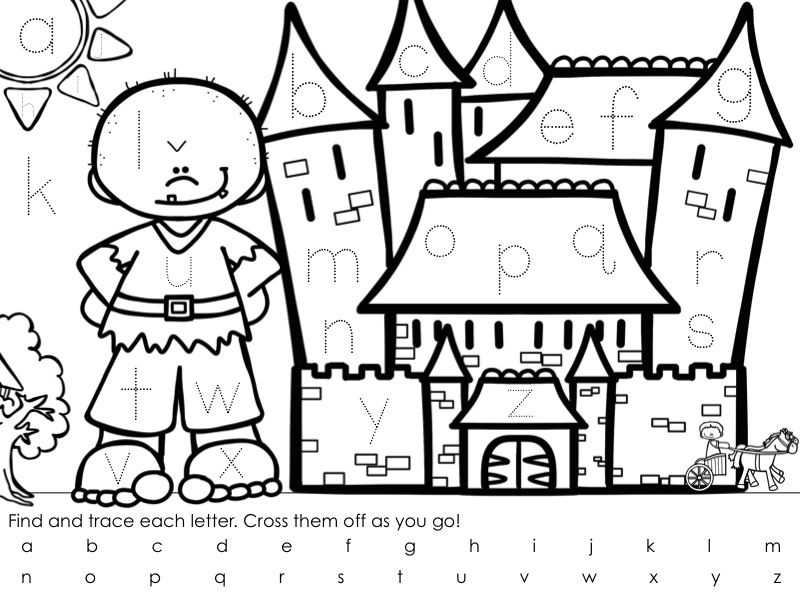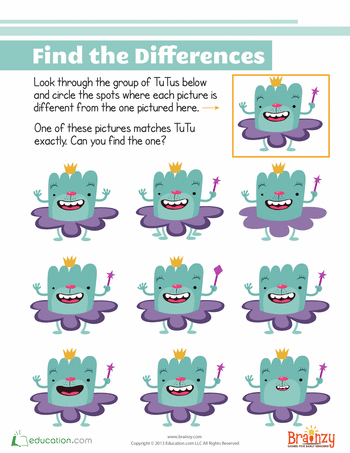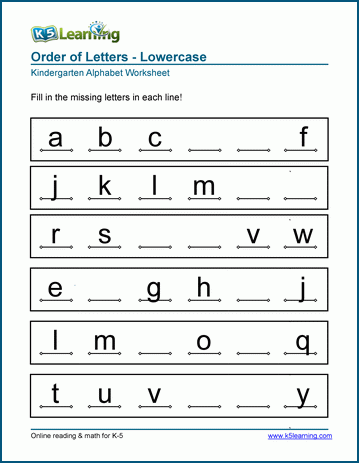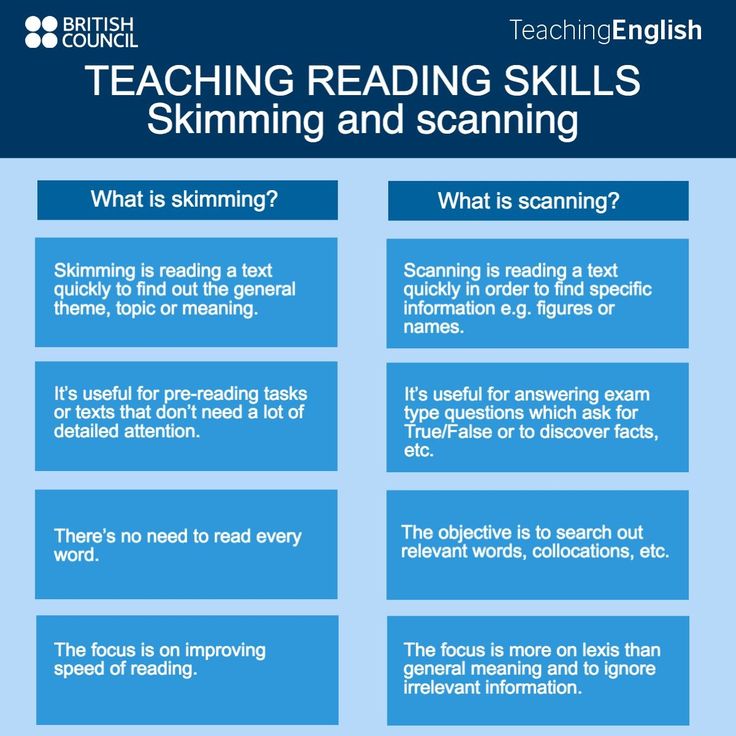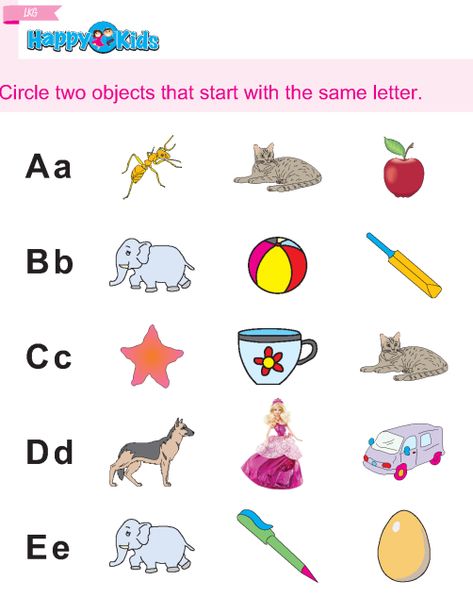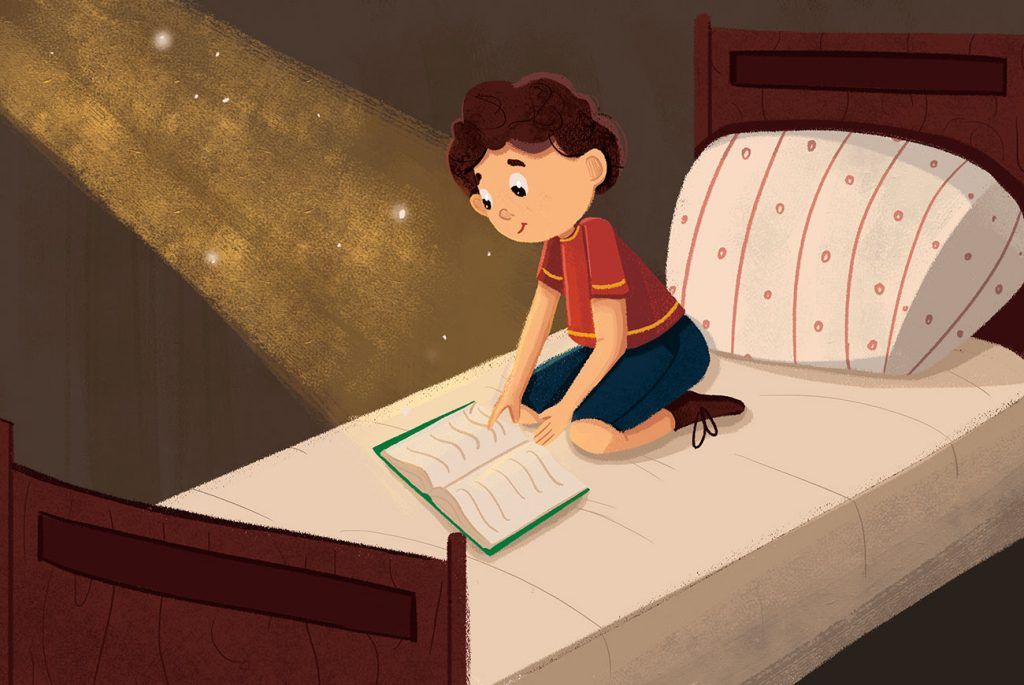Learning sight words games
Sight Words Go Fish | Sight Words: Teach Your Child to Read
- Overview
- Materials
- Activity
- Confidence Builder
- Assessment
- Printable Go Fish Cards
- Questions and Answers
Sight Words Go Fish is a vocabulary-themed variation of the classic Go Fish card game, for 2-4 players. Introducing this game is easiest when the children already have experience playing the traditional Go Fish game, because they will already understand the game dynamics and can focus their attention on the reading aspect. This is of particular importance for younger children, who can get overwhelmed with having to learn a new game and new words at the same time.
The goal is to collect more pairs of matching cards than anyone else. Children must read the sight word on the card they wish to play and be able to read the words that are requested by other players. It is another fun way to give children extensive exposure to a variety of sight words.
Image: Sight Words Go Fish
↑ Top
For Sight Words Go Fish, you will make and use a set of cards with various word pairs. The number of pairs depends on how many words you select when creating the cards. You can also remove some pairs from your deck of cards to make it a more manageable size.
Use our Go Fish Card Generator to create a set of cards and print them out, preferably on heavy-duty cardstock paper. You will want to use a mix of newer words that the children have not yet mastered and familiar words that could use some review.
↑ Top
These instructions are for a game with 3-4 players. Sight Words Go Fish can also be played easily with just two players.
Video: How to Play Sight Words Go Fish
Deal 5 cards to each player (7 cards each if there are only 2 players), then place the remaining cards face down in the middle of the circle formed by the players. All the players look at their cards but do not reveal them to each other.
All the players look at their cards but do not reveal them to each other.
Player A takes the first turn. Player A selects one of her cards and reads the word on it out loud, moving her index finger from left to right underneath the letters as she reads. (An adult should demonstrate this reading technique at the start of the game to teach or remind children how best to read the word.)
Player A then selects another player and asks him, “Player C, do you have any cards with the word BEFORE?” If Player C has a card with that word, he must say “Yes, I have a card with the word BEFORE,” and hand it to Player A, who then gets another turn. If any player struggles with reading or pronouncing a word, take a moment to go through the sight words correction to reinforce the correct pronunciation.
If Player C does not have any of the requested card, he shouts, “Go Fish!” Player A must then draw a card from the stack. If the drawn card has the word she was looking for, she shows the card and gets to take another turn. Otherwise, her turn ends, and the child who said “Go Fish” gets the next turn.
Otherwise, her turn ends, and the child who said “Go Fish” gets the next turn.
If a player collects both cards of a particular word pair, he puts them in a face-up stack in front of him. The game continues until someone has no cards left or the face-down stack runs out. The winner is the player with the most pairs of matching cards.
↑ Top
To make the game a little easier, especially for a younger child, simply use fewer pairs of cards.
↑ Top
Observe the game, whether it’s watching your own child in your 2-player game or observing a group of students in a 4-player game. Make note of which words the children have mastered, and which ones are still a bit of a struggle. Be on the lookout for individual children who are struggling with several of the words.
A child is considered to have mastered the sight words in this activity when she can consistently recognize and read all the word cards in her hand, with confidence and without any noticeable hesitation.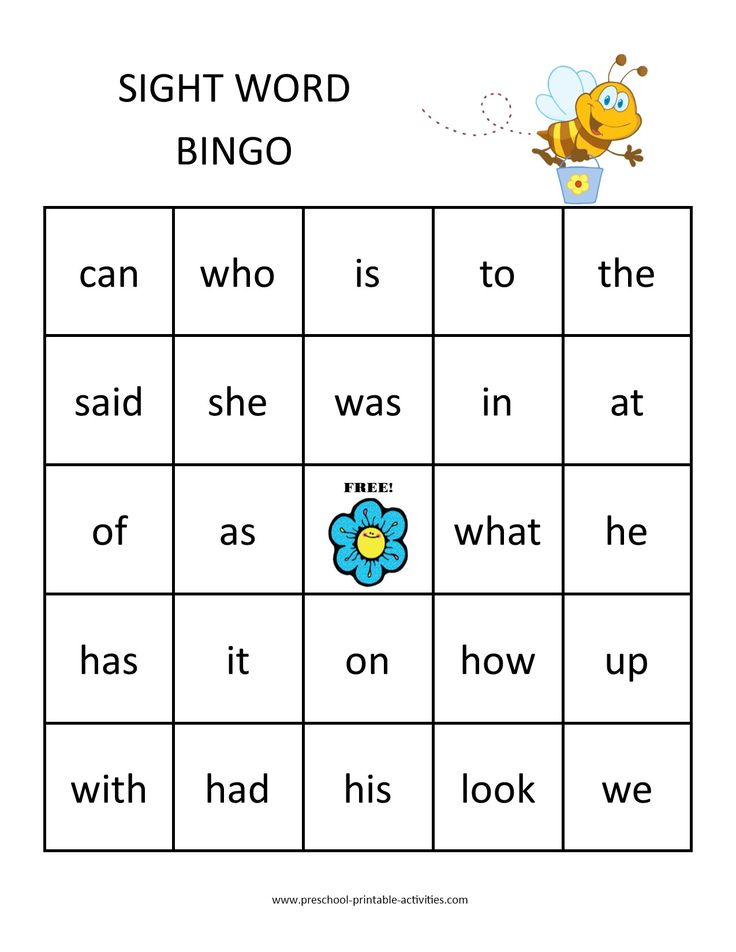
↑ Top
Create your own custom Go Fish Cards or use some of our pre-made templates below.
6.1 Blank Go Fish Card Templates
- Blank Go Fish Card Templates (Write in your own words)
6.2 Dolch Sight Words Go Fish Cards
- Pre-K Dolch Words (40 words)
- Kindergarten Dolch Words (52 words)
- 1st Grade Dolch Words (41 words)
- 2nd Grade Dolch Words (46 words)
- 3rd Grade Dolch Words(41 words)
- Noun Dolch Words (95 words)
6.3 Fry Sight Words Go Fish Cards
- 1st 100 Fry Words (100 words)
- 2nd 100 Fry Words (100 words)
- 3rd 100 Fry Words (100 words)
- 4th 100 Fry Words (100 words)
- 5th 100 Fry Words (100 words)
- 6th 100 Fry Words (100 words)
- 7th 100 Fry Words (100 words)
- 8th 100 Fry Words (100 words)
- 9th 100 Fry Words (100 words)
- 10th 100 Fry Words (100 words)
6.
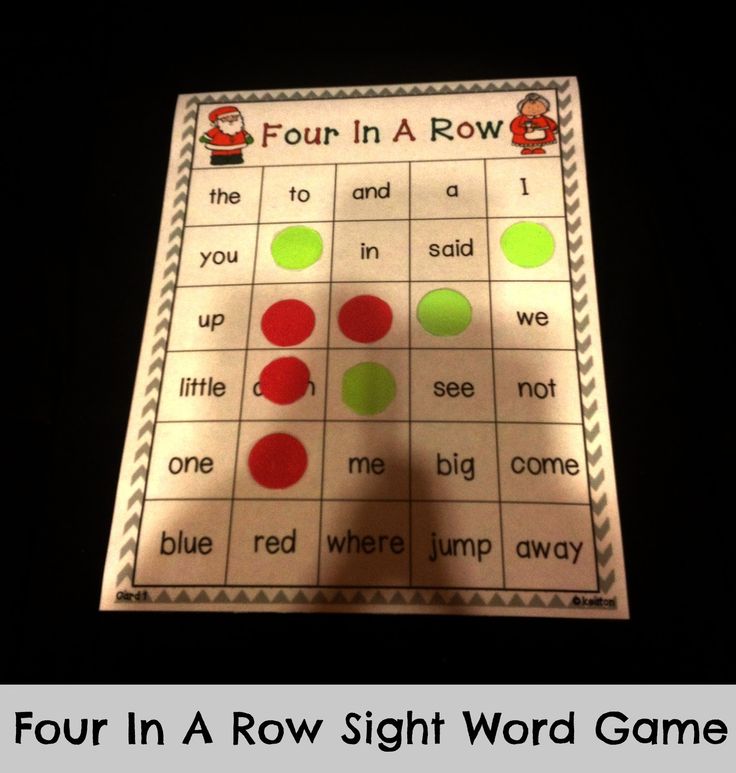 4 Top 150 Written Words Go Fish Cards
4 Top 150 Written Words Go Fish Cards- 1st 50 Words (50 words)
- 2nd 50 Words (50 words)
- 3rd 50 Words (50 words)
To download a template, right-click and select Save As.
These materials are provided under the Creative Commons Attribution 3.0 Unported License. Essentially, this means you can do whatever you want with the resources, provided you leave the attribution hallmark on the resources. You may use these materials in the classroom, at home, as part of a for-profit tutoring business, or for any other purpose. (Except starting forest fires. That’s bad.) You do not need to contact us for permission to use the materials. We want you to use them!
↑ Top
Leave a Reply
Sight Words Boom! | Sight Words: Teach Your Child to Read
- Overview
- Materials
- Activity
- Confidence Builder
- Variation
- Printable Boom! Cards
- Questions and Answers
Sight Words Boom! is a vocabulary-themed game for one or more players.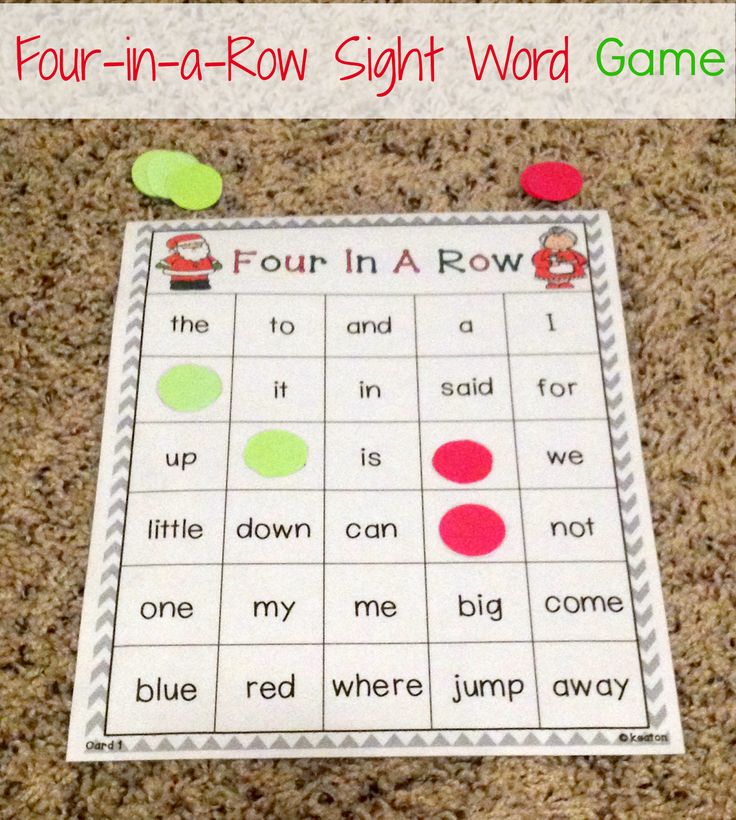 Children will collect cards by correctly reading the sight words printed on them. But watch out for the BOOM cards! Draw a BOOM card, and you lose all the cards you collected and have to start over.
Children will collect cards by correctly reading the sight words printed on them. But watch out for the BOOM cards! Draw a BOOM card, and you lose all the cards you collected and have to start over.
Image: Sight Words Boom!
↑ Top
- Sight Words Boom! cards
Create Boom! cards with our Boom! Card Creator and print the cards out on cardstock paper. Each sheet will have eight sight word cards and one BOOM card. Cut apart the cards along the dotted lines.
↑ Top
Shuffle the cards and put them in a face-down stack. Player A draws a card from the stack and reads the word on it out loud, moving her index finger from left to right underneath the letters as she reads. (An adult should demonstrate this reading technique at the start of the game to teach or remind children how best to read the word.)
If she reads the word correctly, she gets to keep the card.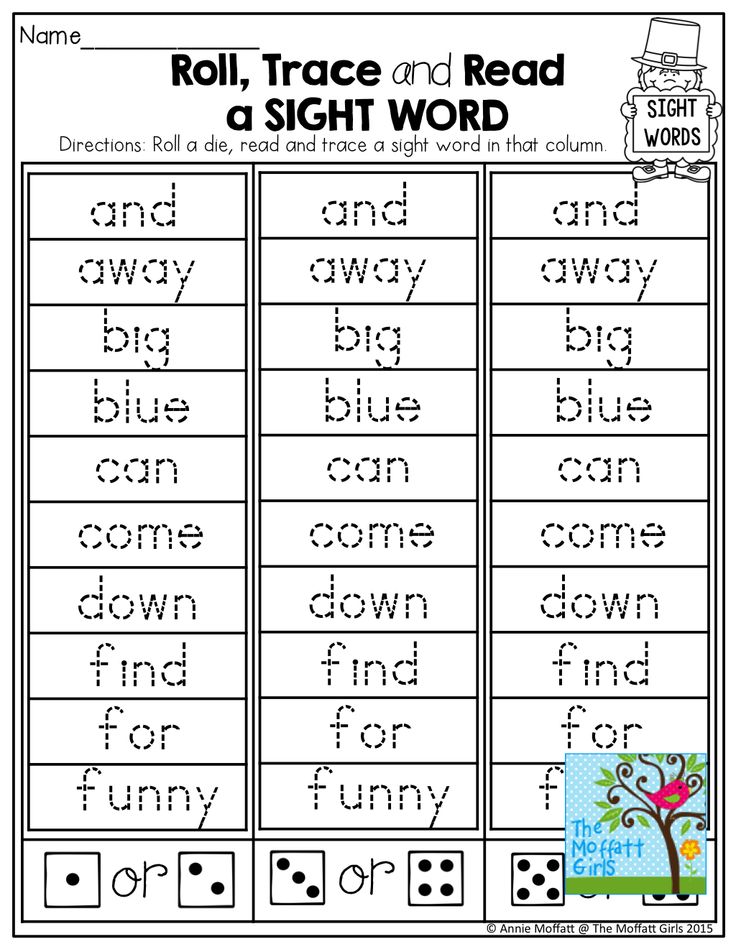 Then Player B takes a turn (if there are multiple players). If Player A does not read the word correctly, Player B gets a chance to read that word and collect a card.
Then Player B takes a turn (if there are multiple players). If Player A does not read the word correctly, Player B gets a chance to read that word and collect a card.
NOTE: If there is a word that no player can read correctly, the adult should set the card aside as a reminder to work on that word in the next day’s lesson.
The BOOM cards are what make this game fun and exciting! If a child draws a BOOM card, she loses all the cards she has collected. On her next turn she can start collecting new cards. The lost cards (including the BOOM card) should be shuffled and added to the bottom of the face-down stack.
Keep playing until all the cards in the face-down stack have been collected. The winner is the player with the most cards.
If there is only one player, she plays to see how many cards she can collect before losing them to a BOOM card. She can play repeatedly, trying to beat her previous record.
↑ Top
If the child is easily discouraged when she loses her cards, simply play with fewer BOOM cards.
↑ Top
Set a timer for anywhere from one to five minutes. Challenge the players to read as many words and collect as many cards as they can before the time runs out. But they still have to watch out for the BOOM cards!
↑ Top
Create your own custom Boom! cards or use some of our pre-made templates below.
6.1 Blank Boom! Card Templates
- Blank Boom! Card Templates (Write in your own words)
6.2 Dolch Sight Words Boom! Cards
- Pre-K Dolch Words (40 words)
- Kindergarten Dolch Words (52 words)
- 1st Grade Dolch Words (41 words)
- 2nd Grade Dolch Words (46 words)
- 3rd Grade Dolch Words (41 words)
- Noun Dolch Words (95 words)
6.
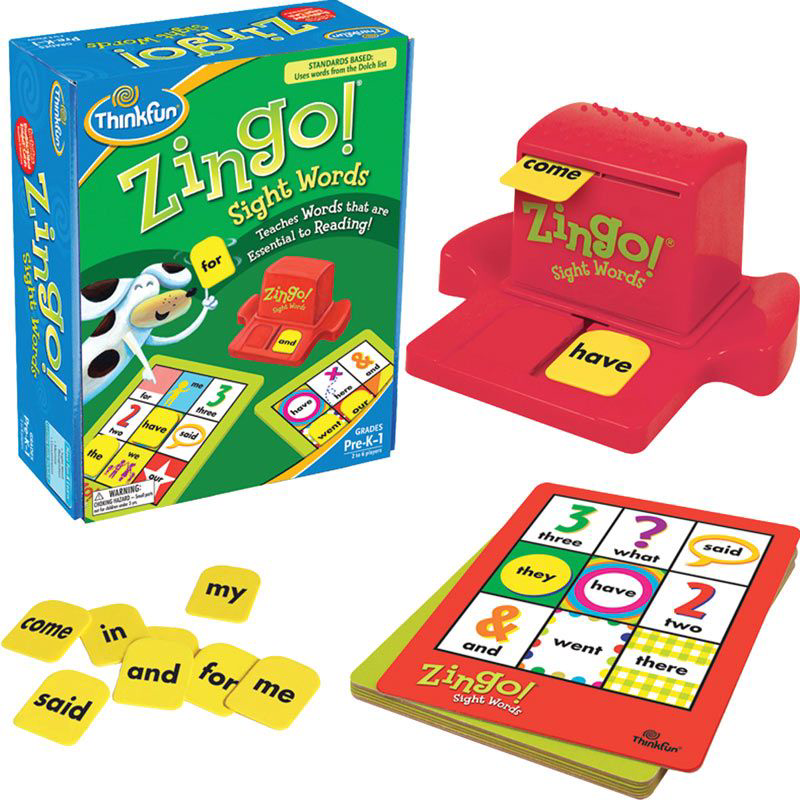 3 Fry Sight Words Boom! Cards
3 Fry Sight Words Boom! Cards- 1st 100 Fry Words (100 words)
- 2nd 100 Fry Words (100 words)
- 3rd 100 Fry Words (100 words)
- 4th 100 Fry Words (100 words)
- 5th 100 Fry Words (100 words)
- 6th 100 Fry Words (100 words)
- 7th 100 Fry Words (100 words)
- 8th 100 Fry Words (100 words)
- 9th 100 Fry Words (100 words)
- 10th 100 Fry Words (100 words)
6.4 Top 150 Written Words Boom! Cards
- 1st 50 Words (50 words)
- 2nd 50 Words (50 words)
- 3rd 50 Words (50 words)
To download a template, right-click and select Save As.
These materials are provided under the Creative Commons Attribution 3.0 Unported License. Essentially, this means you can do whatever you want with the resources, provided you leave the attribution hallmark on the resources. You may use these materials in the classroom, at home, as part of a for-profit tutoring business, or for any other purpose. (Except starting forest fires. That’s bad.) You do not need to contact us for permission to use the materials. We want you to use them!
(Except starting forest fires. That’s bad.) You do not need to contact us for permission to use the materials. We want you to use them!
↑ Top
Leave a Reply
English learning games for kids
Hover over the interactive image to watch the video.
Children learn, learn about themselves and the world around them in the game. It happens effortlessly because it's interesting. It is impossible to put a baby at the table and make him memorize letters or words. During the game, the child develops easily and learns the world with pleasure. He has a thirst for new knowledge. Therefore, the role of games cannot be underestimated. nine0003
English learning games for children
Experienced teachers know dozens of ways to get kids interested and help them learn the material. In the classroom, they often use 2-3 types of exercises to develop memory, attention and observation.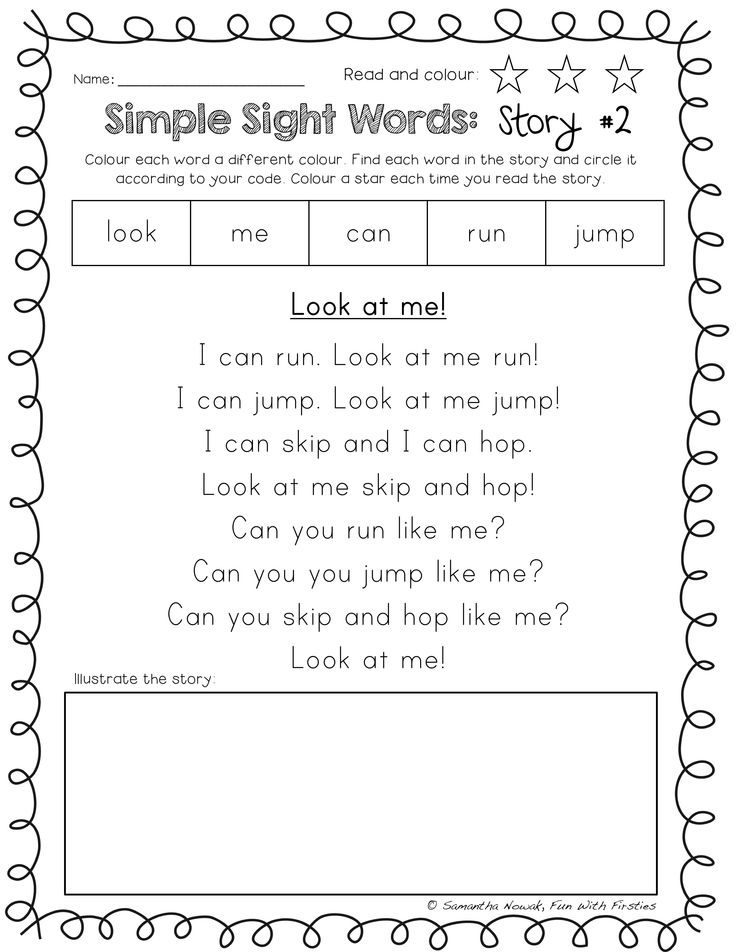 Interest is the main thing for the younger generation. They should want to repeat the new word themselves. Learn how and what is called in a language they do not understand. "Studying Colors". Show the flower cards and name them in English. For take 3-4 pieces. Then repeat together 5-6 times. Then we name the color in English and invite the baby to find objects of this shade in the room. nine0003
Interest is the main thing for the younger generation. They should want to repeat the new word themselves. Learn how and what is called in a language they do not understand. "Studying Colors". Show the flower cards and name them in English. For take 3-4 pieces. Then repeat together 5-6 times. Then we name the color in English and invite the baby to find objects of this shade in the room. nine0003
See also: Programs for learning English
The game "I can ". Put a couple of chairs and walk around them. Name in turn what you know how to do: “I can jump/run/sleep” and show the action - jump together, run. When you call the word "sit" - sit on a chair. Whoever does it faster will win. Repeat this game until everyone wins at least once. Then no one will be offended by losing.
"Touch" . Use dishes, vegetables and fruits, animal figurines. We close our eyes. Then we give the item. We feel and guess what it is. Say the word out loud in English.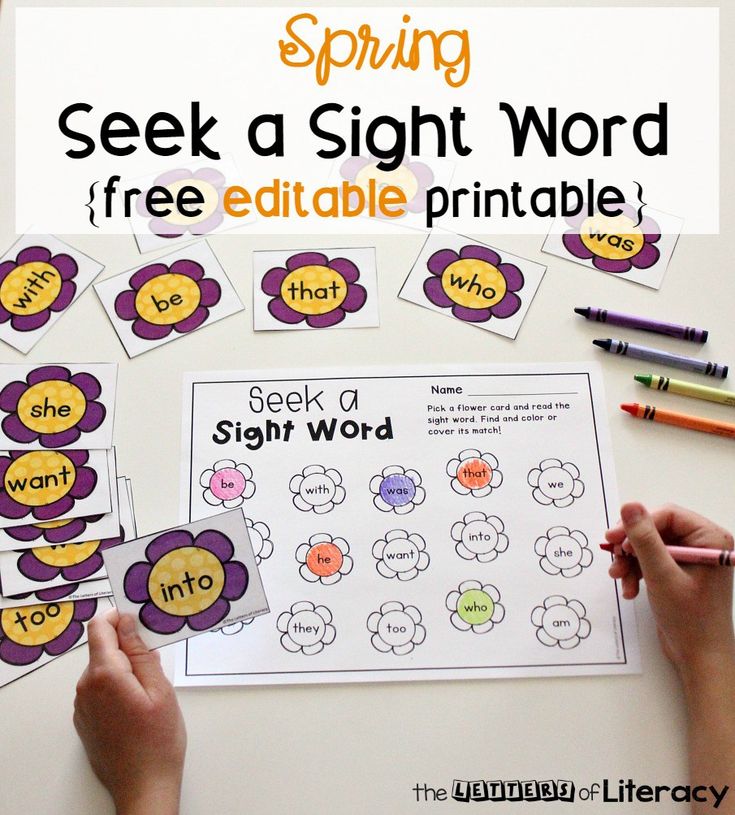 It is better to do the task in turn. So the child will see that you are in an equal position and it will become more interesting for him to beat you. nine0003
It is better to do the task in turn. So the child will see that you are in an equal position and it will become more interesting for him to beat you. nine0003
Free games for learning English
I'll tell you about games that will entertain a child on a walk or during a trip. They do not require any costs and additional devices. When walking, use the following entertainment:
"I can see" . Asking the question "What can you see?" and the child responds with “I can see…” Use a simplified version if you wish. Name the objects that come into view. Take turns guessing a word: a piece of furniture, dishes, an animal or a vegetable. You need to ask questions to which the answer is “Yes” or “No”: “Is it big? Does it live in the forest? So the baby will learn to ask, answer questions and perceive them by ear. nine0003
Board games for learning English
Modern parents are in an advantageous position. In the 21st century, the era of information technology, it is easy to figure out what to do with a child at home.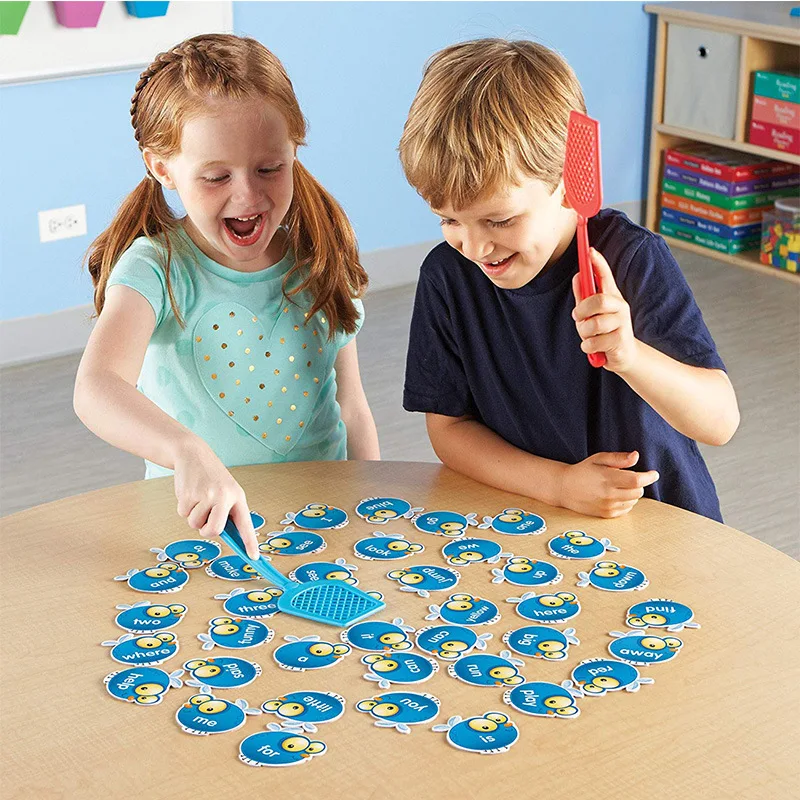 Board games are a good choice.
Board games are a good choice.
Freud's theory states that games diagnose a psychological state. Psychologists have invented the term "play therapy" . This type of therapy teaches how to communicate with peers and resolve conflicts. Studies by American psychiatrists show that players have developed cognitive skills (mindfulness and speed of decision). nine0003
Memory . You will need photos or images. These are pictures: furniture, trees, food. Get creative. Take 5-6 pieces. We show and pronounce the names of objects. We lay it out on the table, ask you to close your eyes and remove one card. We say: "The mouse came running and took one picture, let's remember what she took away." Do this task with 100 pictures. Change places. Let him hide, and you guess.
Teachers use this exercise to learn about seasons and clothing. Print large-format images of spring, winter, summer, and autumn. Then make small ones. Draw on them clothes and objects that are characteristic of the seasons. Start with the season names in English. Show pictures. Take a leaf with a picture and ask a question: "What season is this?" . The child, if he guesses correctly, puts the card on a large image. Continue the exercise until the pictures run out.
Draw on them clothes and objects that are characteristic of the seasons. Start with the season names in English. Show pictures. Take a leaf with a picture and ask a question: "What season is this?" . The child, if he guesses correctly, puts the card on a large image. Continue the exercise until the pictures run out.
In order for the child to memorize words and phrases for a long time, repeat systematically: at home, on the way to the store and to kindergarten. Games and materials for them make yourself . Show your imagination, and the kid will grow up to be a genius.
The best children's games for learning English
One of the most effective ways to instill a love of English in your child is to invite him to play. For children, the game is the most familiar form of communication. While playing, the child not only develops his imagination, but also gets acquainted with the world around him, and also learns new words.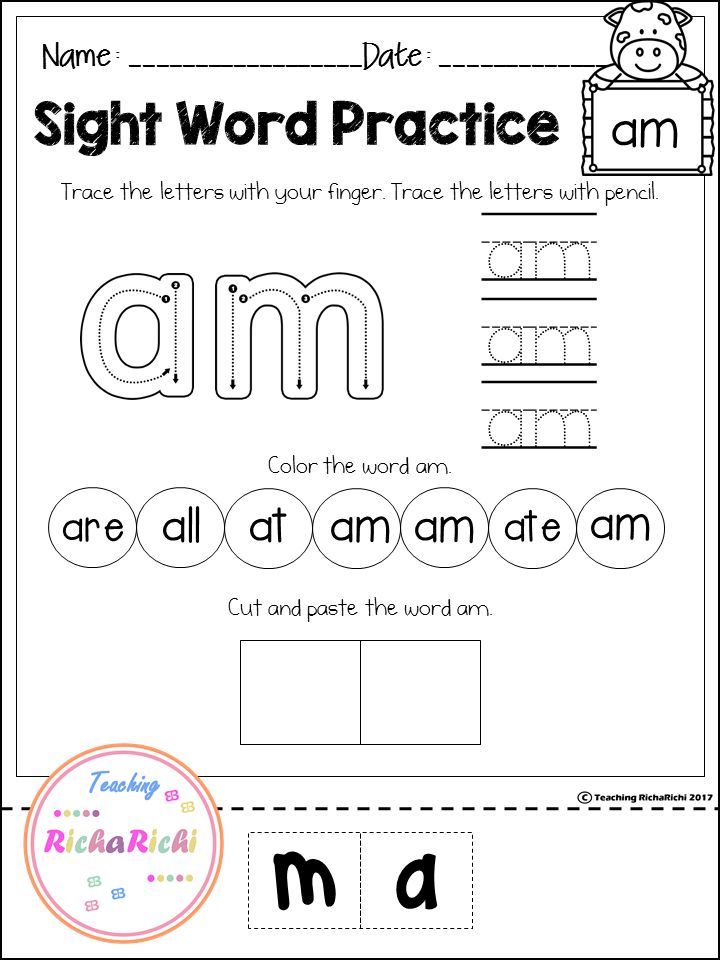 All this can be combined with learning English, turning the educational process into a real holiday. nine0003
All this can be combined with learning English, turning the educational process into a real holiday. nine0003
Imagine how happy your child prodigy will be when you invite him to play!
Our school is very fond of the game approach and fully uses it, so we decided to collect a dozen popular games for easy and interesting learning of the English language and offer them to you.
Types of games for children
To begin with, we note that educational children's games are group and individual, mobile and inactive. Group games involve the communication of several players (more than 2) and, as a rule, are held among children of the same age and level of language proficiency. Individual games can be played in pairs with one of the parents, a teacher or, for example, a nanny. There is no rigid classification here, but the varieties and differences will help you choose the game that is right for you and your child. nine0003
The sea is rough — one…
English analogue of the well-known mobile children's game “The sea is worried once…”.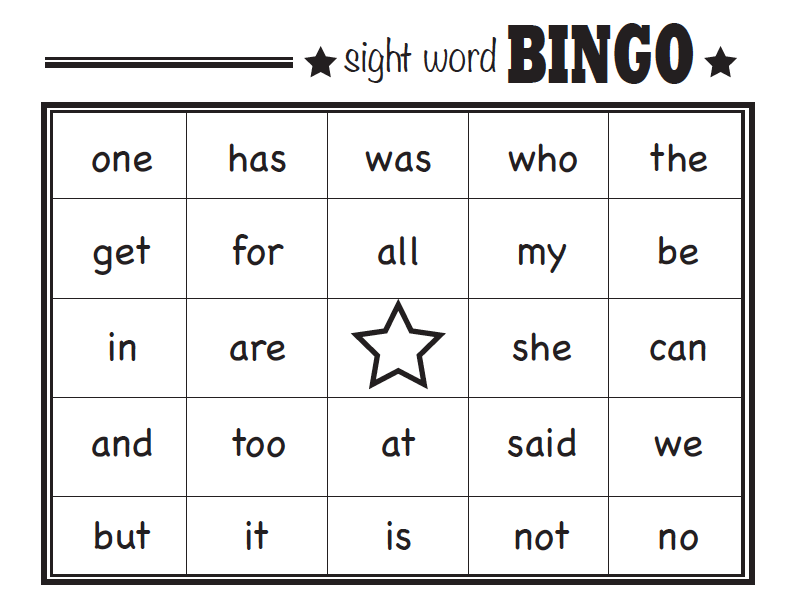 The leader pronounces a short rhyme, during which the guys depict the sea (and, as a rule, repeat the words after the leader with pleasure). At the last phrase, each of the children freezes in place, depicting one or another figure. There is a version of the game where the most persistent participant becomes the winner (it is impossible to move frozen figures), but the most productive option will be where the child tells the leader about his figure. In English, of course. nine0063 And here is the rhyme itself:
The leader pronounces a short rhyme, during which the guys depict the sea (and, as a rule, repeat the words after the leader with pleasure). At the last phrase, each of the children freezes in place, depicting one or another figure. There is a version of the game where the most persistent participant becomes the winner (it is impossible to move frozen figures), but the most productive option will be where the child tells the leader about his figure. In English, of course. nine0063 And here is the rhyme itself:
The sea is rough - one.
The sea is rough-two.
The sea is rough—three.
Sea figure, stop dancing in the blue sea.
The Opposites
This game can be played in a group or individually (with a leader). The rules are extremely simple. If the game is individual, then its essence boils down to the fact that for each word spoken by the leader, the child must pronounce the opposite, for example: open - close, light - dark, boy - girl. If there are several participants in the game, then it will be interesting to play it in a circle where the opponents will change.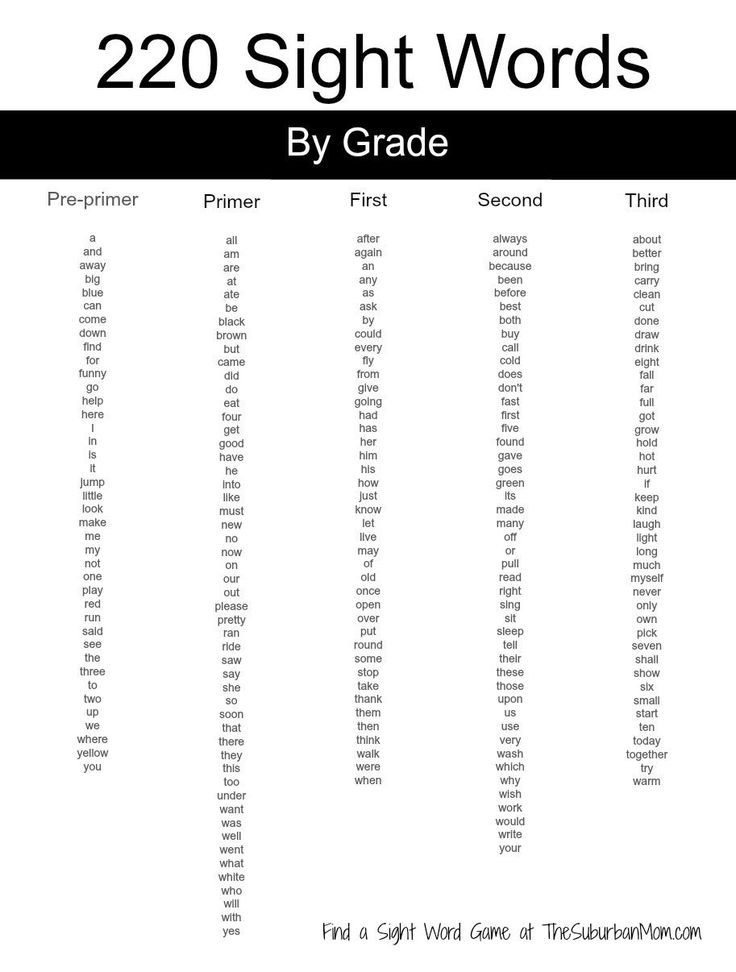 For this, you can use, for example, a ball. nine0003
For this, you can use, for example, a ball. nine0003
Edible – Inedible
“Edible-Inedible” in English! The rules are even simpler than in The Opposites: the host says the English word and throws the ball to the child. If the word means something edible, the child should catch the ball, and if not, throw it away. Like The Opposites, this game can be used in a group, which will be great for developing children's mindfulness - the child does not know when the ball will fly to him!
Colors
The facilitator shows the child objects of different colors, and the child must correctly pronounce the names of these colors in English. Also, the host can name the colors himself, and the child, in turn, needs to answer whether it is correct or not (and, if the colors are named incorrectly, name those colors that are correct). This game is played by teachers at AllRight in the classroom with the youngest students. nine0003
Point to…
Here the facilitator asks the child to point to an object in his field of vision.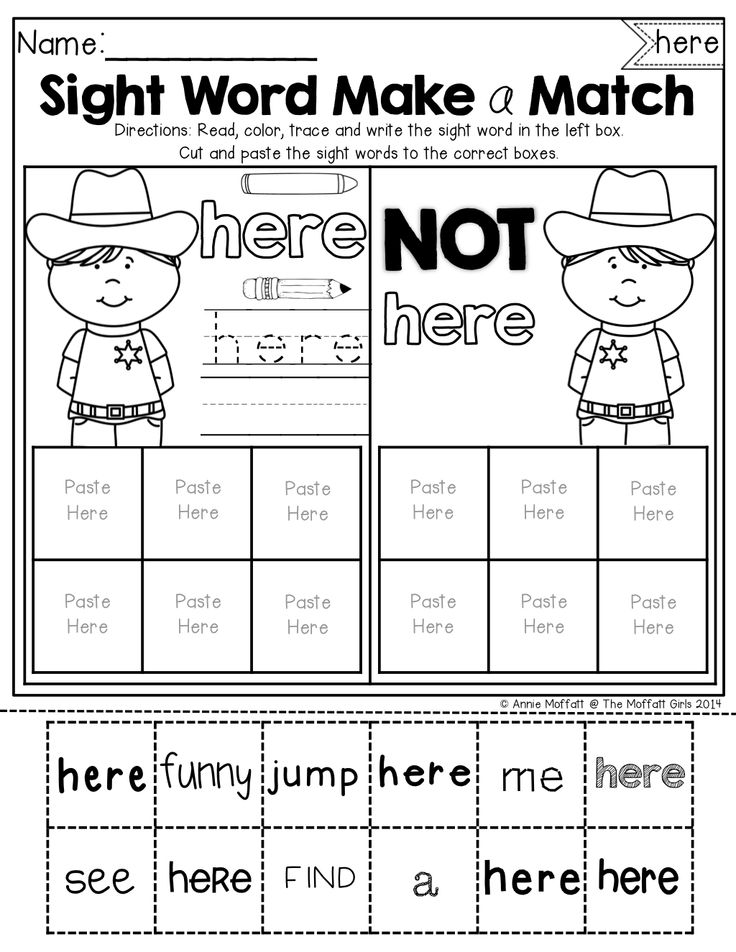 For example, the facilitator says: “Point to ... and table”, and the child points to the table. Before naming the object to be pointed out to the child, the facilitator makes a short pause. Surprisingly, during this pause, “a table”, “a door”, and “a window” are remembered!
For example, the facilitator says: “Point to ... and table”, and the child points to the table. Before naming the object to be pointed out to the child, the facilitator makes a short pause. Surprisingly, during this pause, “a table”, “a door”, and “a window” are remembered!
Bring me…
This game is somewhat similar to the previous one, but already designed for a group of participants. The host says "Bring me ..." and names the object in the room. The one of the guys who first correctly learned the word brings this object to the leader and becomes the leader himself. nine0003
Snowball
The game is played in a group of 3 people. The child who starts the game pronounces a word in English, the next child repeats this word and adds his own, the third repeats two already sounded words and also adds his own ... and so on. It will be better if all the words are united by one topic. If the group of participants is very small (3-4 people), then the game can be played in several circles.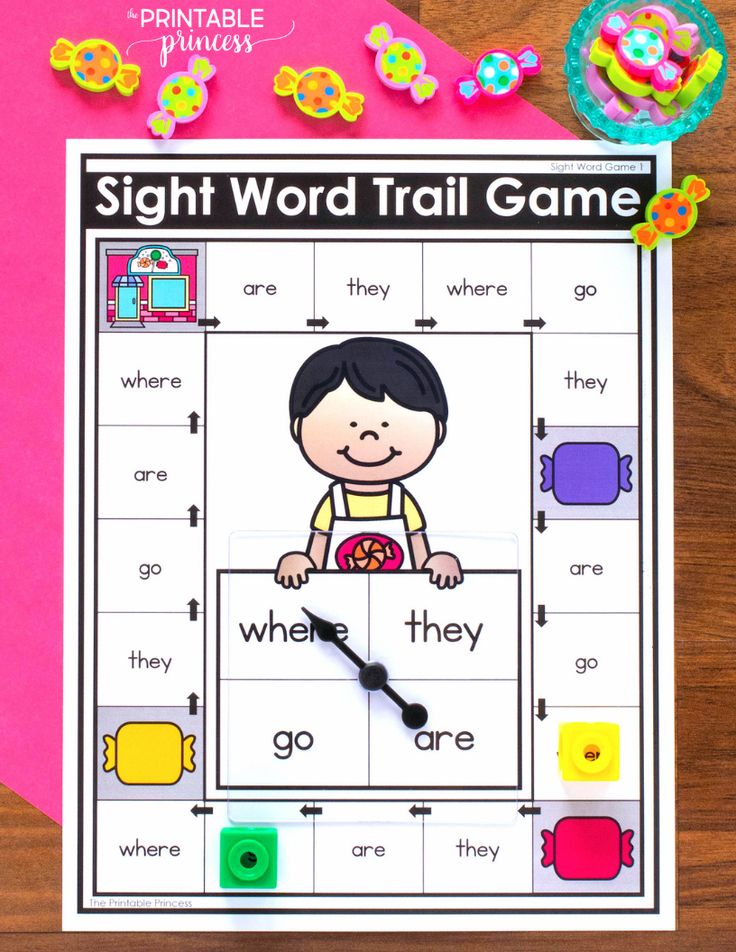
“Last letter”
The leader pronounces the word in English. The task of the child is to name another word that begins with the last letter of the previous one. For example, the facilitator says "frog", which means the child must remember the word that begins with "g". This game can be played individually, but it is most interesting in small groups, where, as an additional condition, you can enter a certain number of “lives” that burn out in case of incorrectly given answers. nine0003
“So or not”
In this game, the facilitator uses pictures depicting objects or phenomena and, pointing to the picture, asks the child whether it is true or not. For example, the facilitator shows the child a picture on which a cat is drawn and asks: “Is this a cat?”, And the child must answer “Yes, it is!”. If the presenter, pointing to a picture with a cat, says, for example, “Is this a car?”, The child should answer in the negative - “No, it is not!”.
What is…
And another very good game that trains memory, vocabulary and imagination.